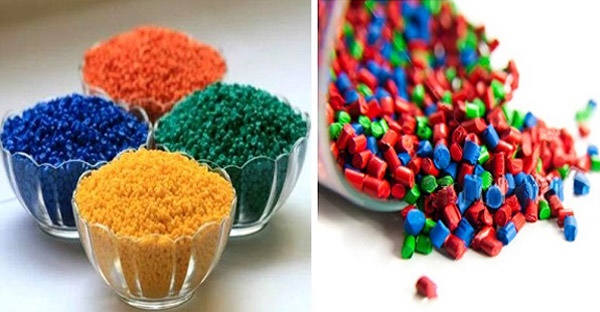Importance of Plastics in Different Industries
Plastics are widely used in different industries and domestic fronts. The plastics have many outstanding properties that make the material ideal for a variety of applications. One of the significant properties of plastics is the strength and the weight ratio as compared to other materials such as metals and related materials. Plastics are used for the applications where materials with high strength and low weight are required. Moreover, plastic is a material which remains unaffected when coming into contact with the chemicals means they are non-reactive in nature. Also, plastic is not affected by the environmental factors even when they are placed in the open environment. There are various reasons that make the plastics a highly preferred material in all production verticals because plastics are very economical to produce.
Applications of Plastics
There are numerous applications where plastics are used such as mechanical industries, refilling of medicines and syrups in pharmaceutical industries, in producing packaging materials, stationery items, beverage industries for filling of liquids, in the manufacturing of seals and gaskets, aerospace, etc. As all these applications are critical in nature and there is no space for defects, it is the duty of the producers to make use of high-quality plastics so that only premium quality of goods can be produced. If the quality of plastic is not up to the mark, then it will affect the quality of the final product as well. To ensure the same high-end testing instruments are used to assure the quality of the final products to the customers.
How to produce Flawless Plastics?
There are numerous types of tests that are performed on plastics to produce high quality of plastic products to eradicate the possibilities of defects from the plastics. To eliminate the possibilities of flaws, it is first of all important to know about the defects that arise in the production of plastics that lower down the quality of the final products. If the manufacturers understand the defects that usually arises with plastics they can easily coordinate with the defects and solve them out and maintain best quality and standard of the product.
Defects Found in Plastics
There are several reasons that initiate flaws in the plastics during the production process. Some of them are mentioned below:
- Quality of granules and resins can affect the quality of plastic produced,
- The method of production that is used to create plastic material.
- Defects in molds that are used to produce plastic products.
Types of Defects in Plastics
Apart from the mentioned defects, there are numerous factors that contribute to augmenting defects in plastics. Now we will discuss regarding the defects that the manufacturers usually found in plastics during the production process.
Flash – the flash defect is also known as “Protrusion” that extends the plastic in an outward direction. This defect occurs due to the problems that usually happen if the design of the mold is not perfect. Moreover, this defect also occurs when the mold is damaged.
Drag Marks – Another type of defect which is found in plastics is Drag marks. This type of defect is found when the plastic material comes out of the mold and scratches or marks occurs on the surface of the material or when the mold is not properly aligned.
Warping – This type of defect explains that the plastic is not proper in terms of appearance. At the time of injection molding if the machine does not work properly or stops in between warping defect occurs on the plastic due to uneven cooling of the plastics.
Defects From Improper Processing
A defect in plastic which occurs due to the uneven processing of plastics includes bubbles, blisters, depression or hollow, burn marks, cold slugs, stress cracking and many more. Now we will discuss these defects in detail:
- Cold Slug – The small and uneven area which develops on the surface of the plastics, from where the plastic is not heated properly or due to uneven molding parts is called the cold slug defect.
- Hollow – When the plastics are treated at high temperature and then suddenly subjected to cold temperature, depression or hollow mark will be generated on the material surface.
- Bubbles – When plastic is subjected to heat and not cooled down as required temperature properly, small bubbles will occur on the material and raise the defect or imperfection in plastics.
- Burn marks – The brown or black marks on the plastics are occurred due to the carbon deposits which are generated at the time of heating for a long period of time.
- Stress Cracking – When the plastic is treated at a very high temperature, the material become hard and cracks will be initiated on the material surface.
How to eliminate these defects?
Apart from the above-mentioned defects in plastics, numerous other defects also occur on the plastics due to the inferior quality of plastic resins such as particulate contaminants, discoloration, delamination, color streaks, etc.
To avoid such types of defects and for flawless plastic production, the manufacturers need to make use of high-quality of testing machines, for example, to test the quality of the plastic resins, high-quality of Melt Flow Index Testers are used, to test the strains in preforms Polariscope is used, to test the transparency of the plastics transparency tester is used.
